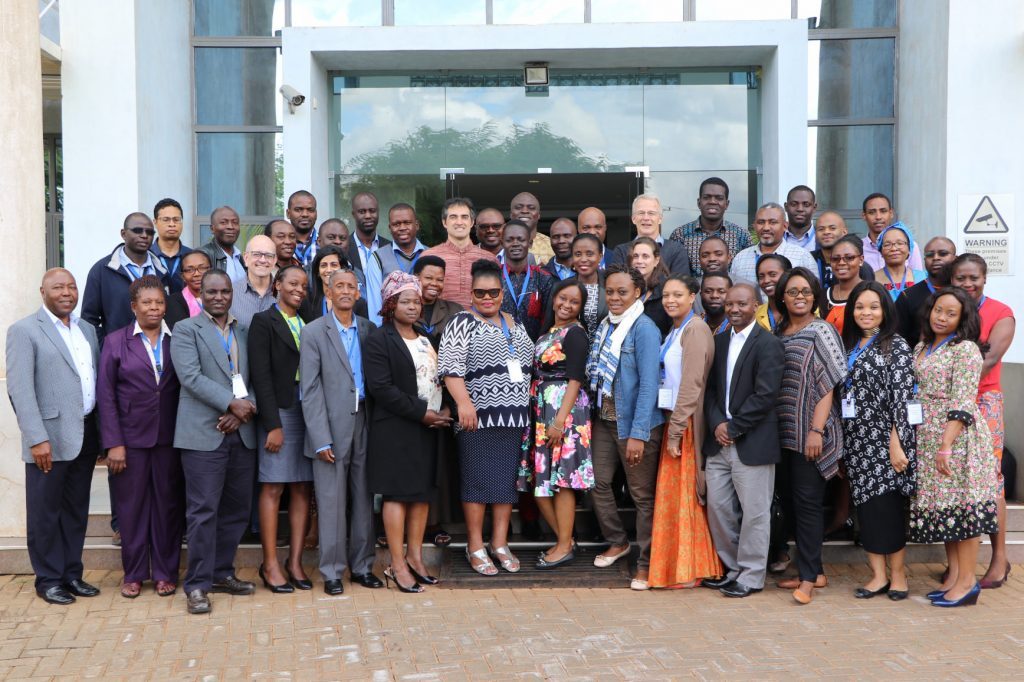via Makerere University Centre of Excellence for Maternal Newborn and Child Health
Child and maternal mortality rates in Uganda have significantly decreased during the MDG era but substantial challenges remain. The targets under the Sustainable Development Goals are within reach only if robust evidence drives the implementation of appropriate, effective and efficient interventions, and responds to complementary challenges related to adolescent sexual and reproductive health, equity in access to quality health services and gender equality.
The demand for analyses of these indicators using survey data, health facility data and data from research studies is substantial: for the government to develop and monitor health sector strategies and plans; for civil society and media to monitor accountability and progress; for global and regional partners to make strategic and targeted investments, situation analyses and monitoring data are critical.
To build capacity to analyze and effectively communicate results, the African Population and Health Research Centre (APHRC) is coordinating a regional consortium that brings together research and public health institutions with Health ministries, in close collaboration with the Countdown 2030, Health Data Collaborative (HDC), WHO and UNICEF. This effort started with a 1st analysis workshop focusing on the RMNCH continuum of care that was held in Nairobi from Nov 27 – Dec 1, 2017. The Ugandan team included Prof. Peter Waiswa, Dr. Noah Kiwanuka, Ms. Geraldine Agiraembabazi (from Makerere University School of Public Health) and Ms. Carol Kyozira (from the MoH).
 Participants at the Countdown 2030 workshop
Participants at the Countdown 2030 workshop
In the period Dec 2017 – May 2018, data collection and further analysis will be conducted as follows: 1) a policy analysis relevant to in RMNCAH&N progress and obstacles 2) collect and analyze sub-national data on health workforce and health infrastructure 3) analysis of financial data at national and if possible subnational levels. “Working with WHO and the Countdown 2030 secretariat, we will also produce a countdown 2030 Uganda case study paper to be published in the Lancet. To succeed we will need access to DHS 2016 datasets, DHIS-2/HMIS data and data from the district surveillance sites” says Prof Waiswa. “Further capacity strengthening will include Workshop 2 that will involve material development and paper writing.”
He adds: “This knowledge and capacity building is good for the Makerere University Centre of Excellence for Maternal and Newborn Health Research since it is in line with its strategic focus of creating a maternal and newborn health knowledge; information hub and opportunities for evidence informed policy making in Uganda.”
The graph below shows some of the results on status of wealth-based inequality in selected reproductive, maternal and child health service indicators in Uganda, DHS 2011. The consortium will also be able to use regular data such as DHIS 2 to carryout similar inequality analyses; estimate population level national and subnational coverages in collaboration with MoH and partners.
